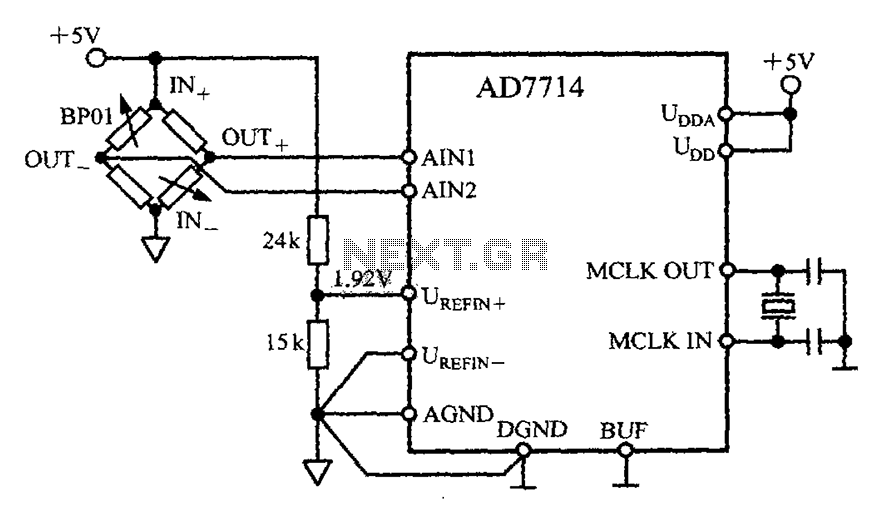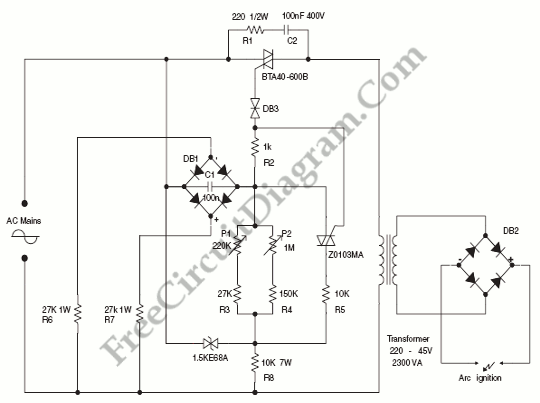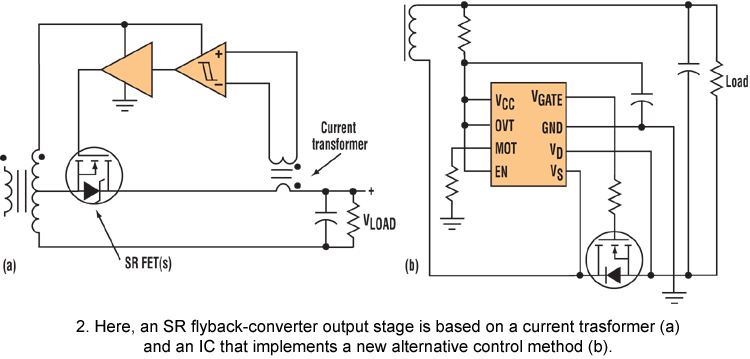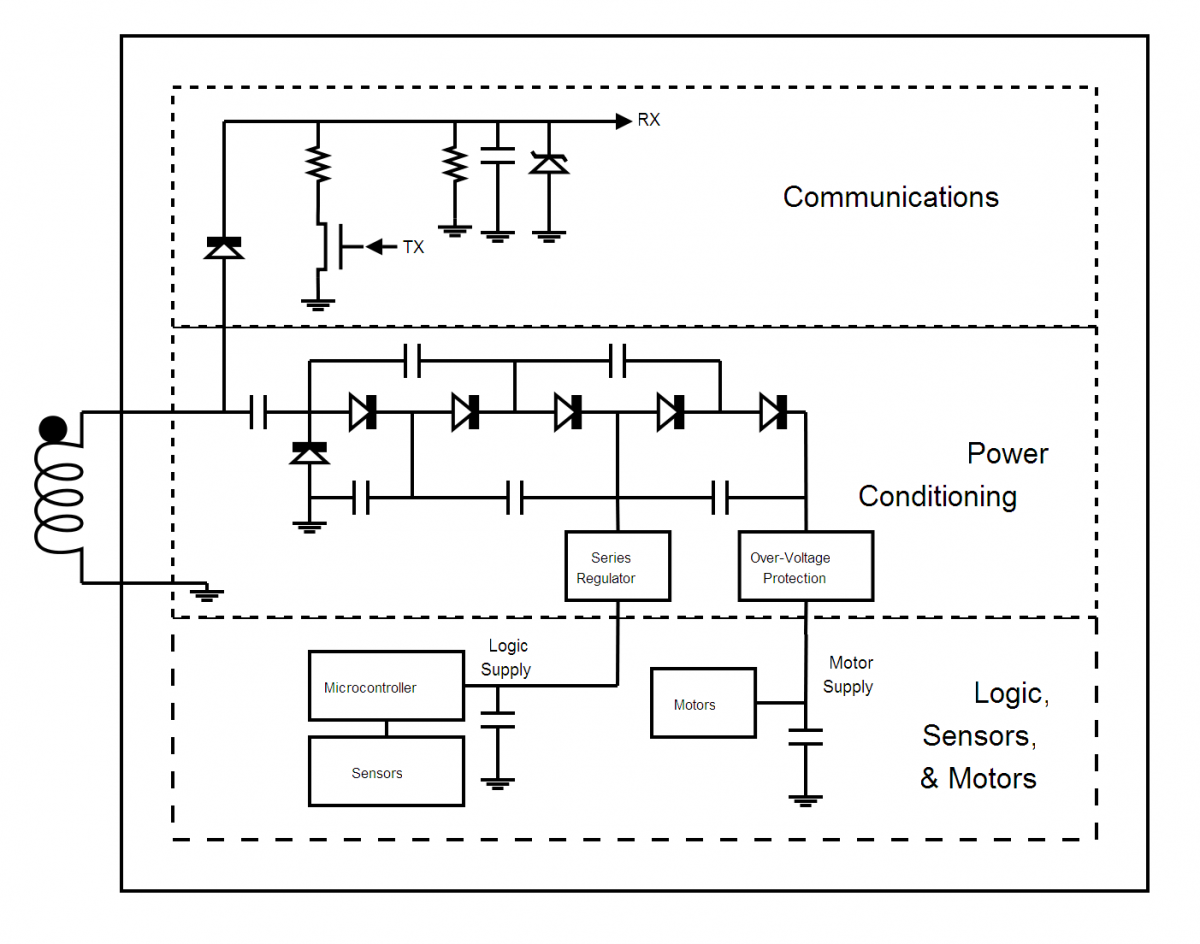
Dual Regulated Power Supply 15v
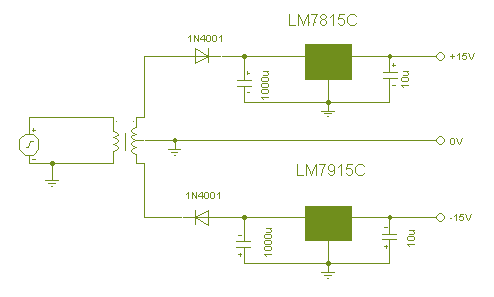
In this circuit, the 7815 regulates the positive supply, and the 7915 regulates the negative supply. The transformer should have a primary rating of 240/220 volts for Europe, or 120 volts for North America. The centre-tapped secondary coil should be rated about 18 volts at 1 amp or higher, allowing for losses in the regulator. More: An application for this type of circuit would be for a small regulated bench power supply.
The described circuit utilizes the 7815 and 7915 voltage regulators, which are linear voltage regulators designed to provide stable output voltages of +15V and -15V, respectively. These regulators are widely used in various electronic applications, including power supplies for operational amplifiers, analog circuits, and other devices requiring a dual power supply.
The transformer selected for this circuit plays a crucial role in stepping down the AC mains voltage to a suitable level for the regulators. The primary winding must be rated for either 240/220V for use in European countries or 120V for North American applications. A center-tapped secondary winding is essential, as it provides the necessary dual output voltages. The secondary coil should ideally be rated for approximately 18 volts, with a current capacity of at least 1 amp. This rating ensures that even under load, the output voltage remains stable after accounting for voltage drops across the regulators and any additional losses that may occur.
In terms of the circuit layout, the AC output from the transformer is connected to a full-wave bridge rectifier, which converts the AC voltage to pulsating DC. This pulsating DC is then filtered using a capacitor to smooth the output before it reaches the voltage regulators. The 7815 and 7915 regulators are connected to the filtered DC output, with appropriate input and output capacitors recommended by the manufacturers to ensure stability and transient response.
The output from the 7815 will provide a stable +15V supply, while the output from the 7915 will supply -15V. These outputs can be used to power various electronic components requiring dual supply voltages. The circuit can be further enhanced by adding additional filtering capacitors at the output of each regulator to improve the noise performance, especially in sensitive applications.
This power supply circuit is particularly suited for use as a small regulated bench power supply, providing a reliable source of dual voltage for testing and powering various electronic projects. Its simplicity and effectiveness make it a common choice among engineers and hobbyists alike.In this circuit, the 7815 regulatates the positive supply, and the 7915 regulates the negative supply. The transformer should have a primary rating of 240/220 volts for europe, or 120 volts for North America.
The centre tapped secondary coil should be rated about 18 volts at 1 amp or higher, allowing for losses in the regulator. An application for this type of circuit would be for a small regulated bench power supply. 🔗 External reference
The described circuit utilizes the 7815 and 7915 voltage regulators, which are linear voltage regulators designed to provide stable output voltages of +15V and -15V, respectively. These regulators are widely used in various electronic applications, including power supplies for operational amplifiers, analog circuits, and other devices requiring a dual power supply.
The transformer selected for this circuit plays a crucial role in stepping down the AC mains voltage to a suitable level for the regulators. The primary winding must be rated for either 240/220V for use in European countries or 120V for North American applications. A center-tapped secondary winding is essential, as it provides the necessary dual output voltages. The secondary coil should ideally be rated for approximately 18 volts, with a current capacity of at least 1 amp. This rating ensures that even under load, the output voltage remains stable after accounting for voltage drops across the regulators and any additional losses that may occur.
In terms of the circuit layout, the AC output from the transformer is connected to a full-wave bridge rectifier, which converts the AC voltage to pulsating DC. This pulsating DC is then filtered using a capacitor to smooth the output before it reaches the voltage regulators. The 7815 and 7915 regulators are connected to the filtered DC output, with appropriate input and output capacitors recommended by the manufacturers to ensure stability and transient response.
The output from the 7815 will provide a stable +15V supply, while the output from the 7915 will supply -15V. These outputs can be used to power various electronic components requiring dual supply voltages. The circuit can be further enhanced by adding additional filtering capacitors at the output of each regulator to improve the noise performance, especially in sensitive applications.
This power supply circuit is particularly suited for use as a small regulated bench power supply, providing a reliable source of dual voltage for testing and powering various electronic projects. Its simplicity and effectiveness make it a common choice among engineers and hobbyists alike.In this circuit, the 7815 regulatates the positive supply, and the 7915 regulates the negative supply. The transformer should have a primary rating of 240/220 volts for europe, or 120 volts for North America.
The centre tapped secondary coil should be rated about 18 volts at 1 amp or higher, allowing for losses in the regulator. An application for this type of circuit would be for a small regulated bench power supply. 🔗 External reference
